What's under and/or around your Japanese Maple? Pictures please!
hovegator
17 years ago
Featured Answer
Comments (23)
jakkom
17 years agoRelated Professionals
Westwood Landscape Contractors · Apollo Beach Landscape Contractors · East Haven Landscape Contractors · Fairview Landscape Contractors · Sugar Hill Landscape Contractors · University City Landscape Contractors · West Chicago Landscape Contractors · Hockessin Decks, Patios & Outdoor Enclosures · Honolulu Decks, Patios & Outdoor Enclosures · Midwest City Decks, Patios & Outdoor Enclosures · New York City Decks, Patios & Outdoor Enclosures · Olathe Decks, Patios & Outdoor Enclosures · Pittsburgh Decks, Patios & Outdoor Enclosures · Prichard Decks, Patios & Outdoor Enclosures · Melvindale Stone, Pavers & Concretehovegator
17 years agoBrent_In_NoVA
17 years agoisabella__MA
17 years agobahia
17 years agoisabella__MA
17 years agojakkom
17 years agomjsee
17 years agomylubbock
17 years agolaag
17 years agolaag
17 years agomjsee
17 years agoinkognito
17 years agolaag
17 years agocassidyway
17 years agomjsee
17 years agolaag
17 years agochelone
17 years agowbgarden
5 years agokitasei
5 years agogardengal48 (PNW Z8/9)
5 years agowbgarden
5 years ago
Related Stories

TREES11 Japanese Maples for Breathtaking Color and Form
With such a wide range to choose from, there’s a beautiful Japanese maple to suit almost any setting
Full Story
GARDENING GUIDES13 Japanese Maples for Shade
A surprising variety of these understory trees is waiting to make a statement in your shade garden
Full Story
SUMMER GARDENINGHouzz Call: Please Show Us Your Summer Garden!
Share pictures of your home and yard this summer — we’d love to feature them in an upcoming story
Full Story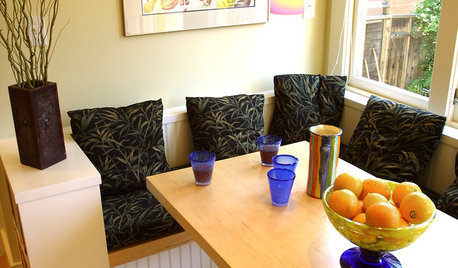
MATERIALSWoodipedia: Maple Is a Marvel Around the House
A heavy hardwood with lots of potential, maple appeals to modern sensibilities and won't break your budget
Full Story
GARDENING GUIDES12 Japanese Maples for a Sunny Garden
The right maple in the right place shines in hot summer sun
Full Story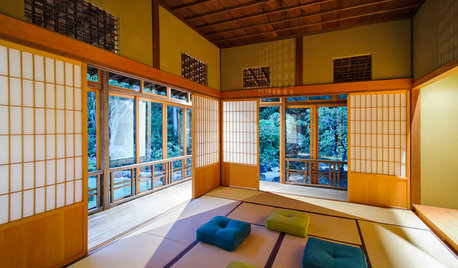
ARCHITECTURE12 Elements of the Traditional Japanese Home
Privacy, natural light and harmony with nature are enhanced through these design features
Full Story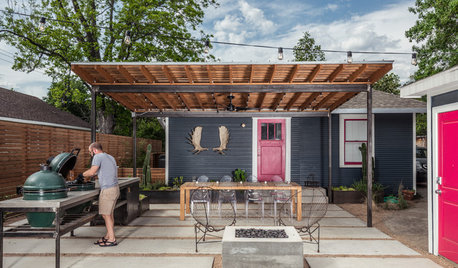
OUTDOOR KITCHENSHouzz Call: Please Show Us Your Grill Setup
Gas or charcoal? Front and center or out of the way? We want to see how you barbecue at home
Full Story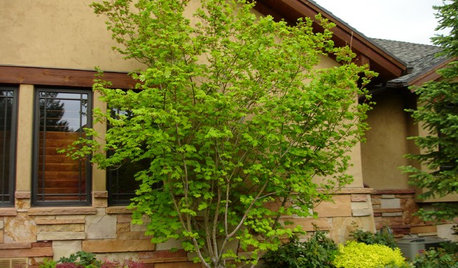
LANDSCAPE DESIGNGreat Design Plant: Vine Maple
Exciting year-round color and adaptability make this highly ornamental native small tree a top choice for home gardens
Full Story
HOME OFFICESQuiet, Please! How to Cut Noise Pollution at Home
Leaf blowers, trucks or noisy neighbors driving you berserk? These sound-reduction strategies can help you hush things up
Full Story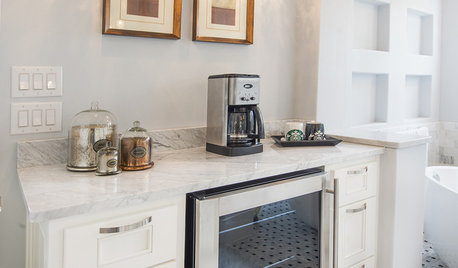
BATHROOM DESIGNUpload of the Day: A Mini Fridge in the Master Bathroom? Yes, Please!
Talk about convenience. Better yet, get it yourself after being inspired by this Texas bath
Full StoryMore Discussions






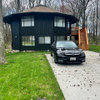

ironbelly1